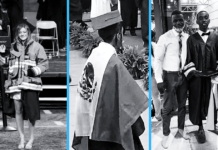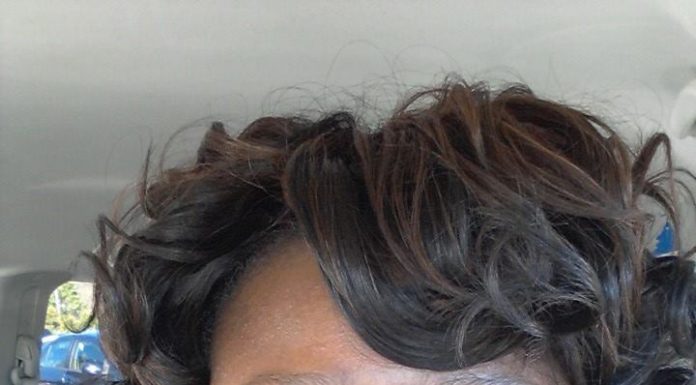Whenever you see a middle or high School depicted on TV, it is always this impossibly huge place with lots of different people, options, and opportunities. Yeah, TV high school is sometimes depicted as difficult, but somehow almost every character finds some group, club or extracurricular where they fit in. The jocks have sports. The high achievers have their clubs like the National Honor Society, or debate. The geeks and nerds have the A.V. Club. Everybody fits neatly into a school-sanctioned activity.
But in real life, that is not the case. In many inner-city schools, students just have sports and some schools don’t even offer a ton of those. If you are a student who likes to play basketball, then more than likely your school has you covered, but if you want to hone your editing skills in an Audiovisual club, too bad. Maybe you want to try your hand at arguing and join the debate team. Nope. Chess team? Not at my school. Unlike television, real schools don’t have activities and clubs that appeal to all students…and that is a problem.
Urban schools need to get better at offering extracurricular opportunities to their students. Suburban students are not the only kids who deserve to have a well-rounded grade school experience. And given the premium that colleges place on extracurricular activities,students who don’t have them are at a steep disadvantage… as if our students didn’t already have enough obstacles to overcome.
To be fair, there are real barriers to offering more extracurricular activities at underserved schools.
- Every club or team has to have an adult sponsor. No easy feat for schools that can scarcely find teachers.
- Sometimes students don’t actually join the different clubs when they are offered.
- Other activities cost money that neither the school nor the students have.
These are actual issues, but they are not impossible barriers to overcome.
- Bring in community partners to run your clubs.
- Take a student survey to gauge interests in certain activities before you decide what clubs to offer.
- Write grants or find donations. Community partners often have money they literally have to use for community outreach.
Bottom line: Schools that care enough about producing well-rounded students find ways to offer them experiences outside of the classroom.
I often hear people lament the fact that many young black boys think the only thing they can do when they grow up is to play basketball. We typically blame society at large and the media for their portrayals of African Americans. But truth be told, that conditioning started a long time ago when someone looked at a school budget and decided the only extracurricular activity they would have is basketball. Don’t blame students for their lack of vision when the real problem is the lack of exposure.
This post was written by Andrew Pillow and originally ran on the Indy Ed Blog.










